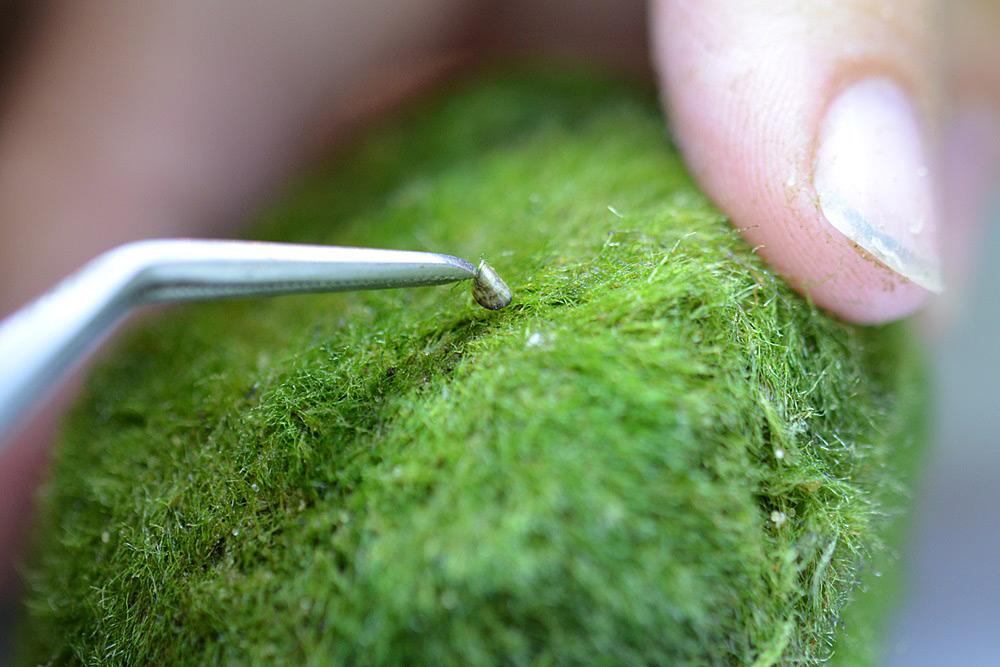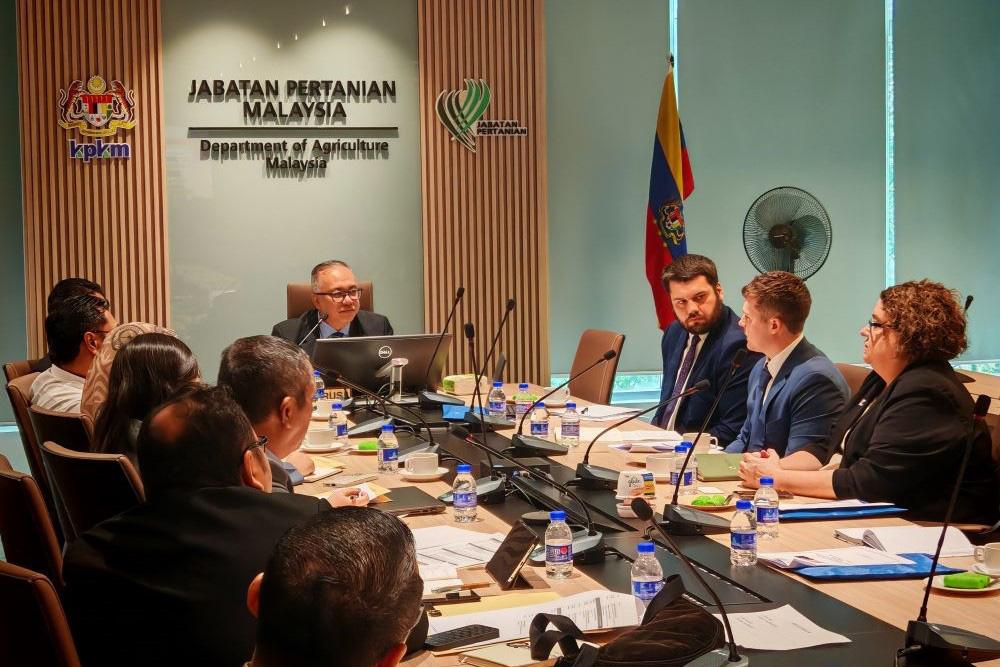A breakthrough in how we identify pests entering Australia has now been successfully tried and tested in Sydney.
‘MALDI-TOF’ and ‘MinION’ are new diagnostic systems being adopted in our border biosecurity operations that use protein and DNA profiles to rapidly identify species through automated data matching.
Deputy Secretary for Biosecurity, Operations and Compliance Group, Justine Saunders, stated that the technology is revolutionary.
“New diagnostic tools ‘MALDI-TOF’ and ‘MinION’ quickly identified an exotic mosquito specimen as an Asian tiger mosquito – an aggressive exotic mosquito that can spread human diseases such as dengue fever and viral encephalitis,” Ms Saunders said.
“Where standard identification methods cannot be performed confidently, such as when the insect sample has deteriorated or is missing key diagnostic features, MALDI_TOF and MinION can provide quick identification that in turn enables rapid and targeted responses to reinforce our robust biosecurity system.
“Historically, identification of unknown pests entering the country could take up to a week. Now with the assistance of the new diagnostic tools, identification can be concluded in under seven hours.”
The new technology is a part of the Government’s four-year Modern Technologies and Diagnostic Tools (MTDT) program, using innovative tools to modernise Australia’s diagnostics systems and help combat biosecurity hazards.
“Not only do ‘MALDI-TOF’ and ‘MinION’ enable us to identify pests faster, but we are also able to conduct treatments and response activities earlier. This in turn allows us to begin steps towards preventative action against foreign pests,” Ms Saunders said.
For more information, visit: www.agriculture.gov.au/biosecurity-trade/policy/biosecurity-2030-roadmap



